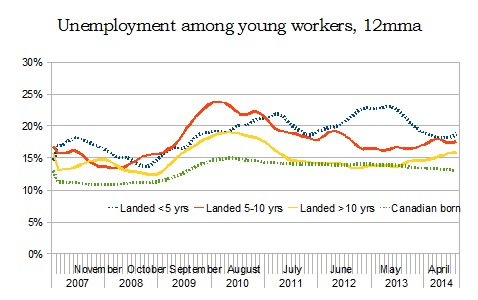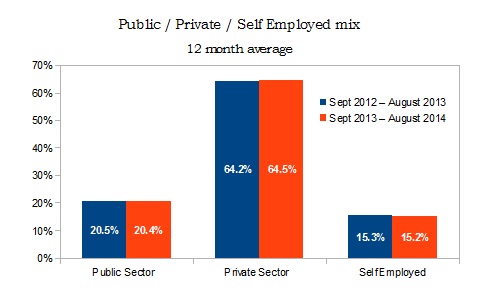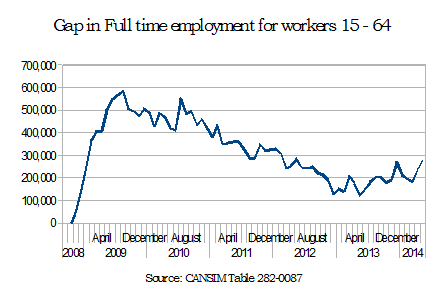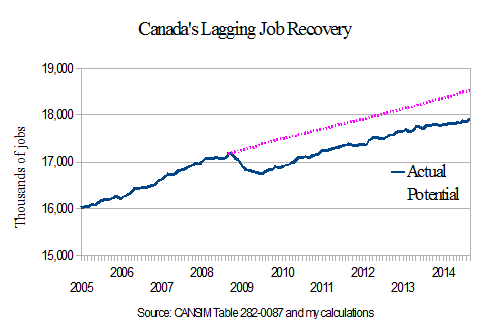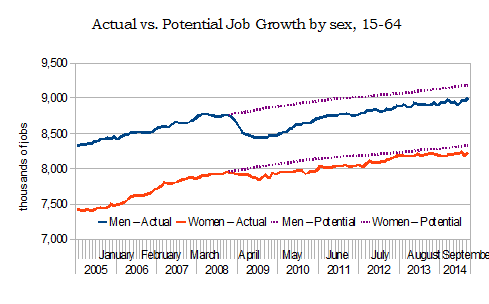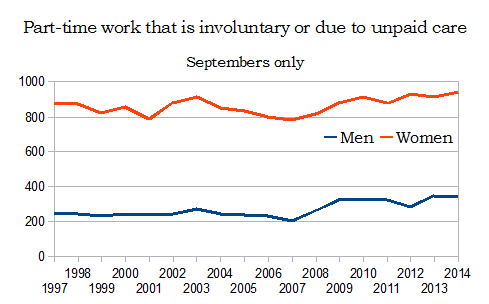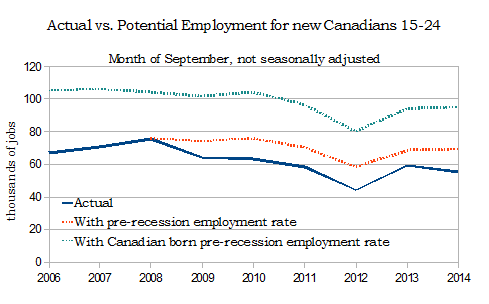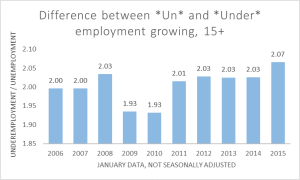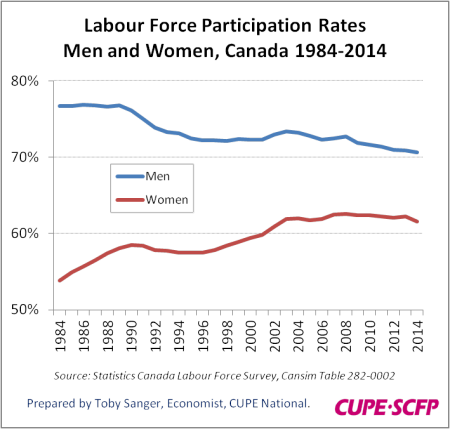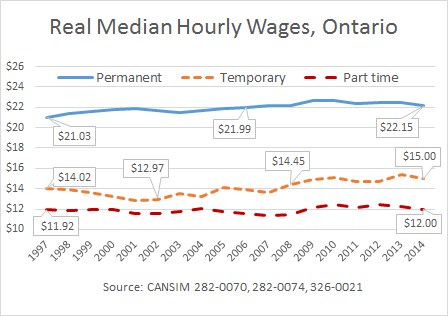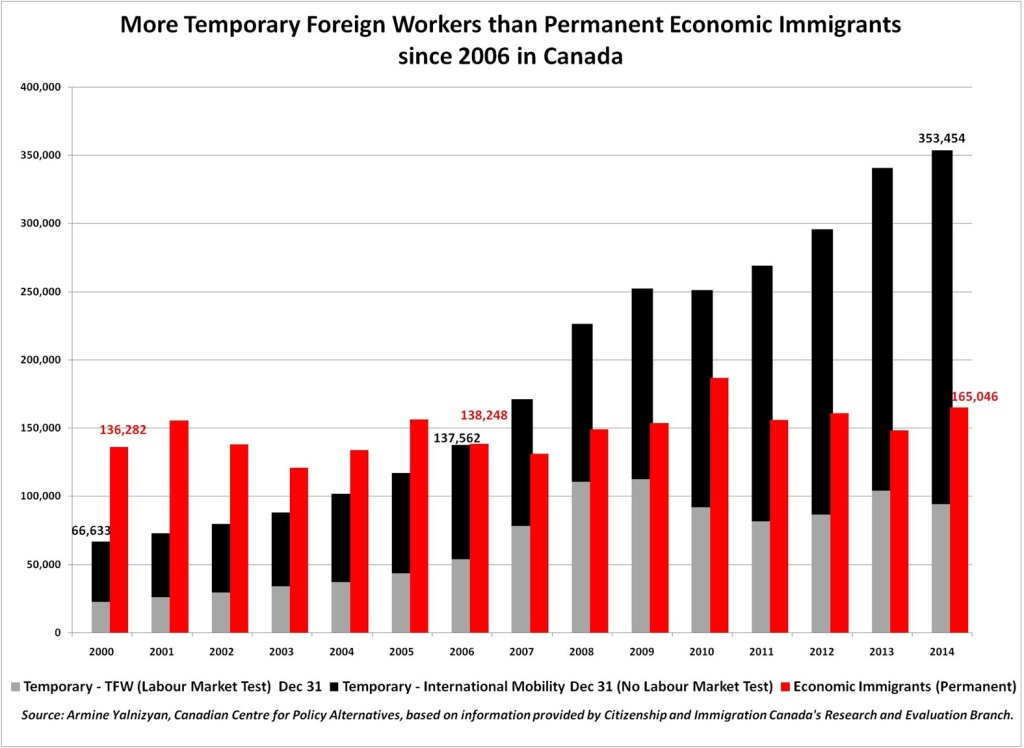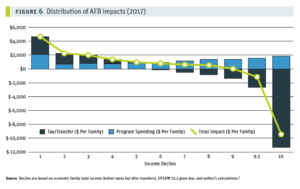Members of the Progressive Economists Forum noted with dismay the premature cancellation of Ontario’s basic income pilot and have penned an open letter to Federal Minister Jean-Yves Duclos (Families, Children and Social Development) calling for federal support for the project. So far, the letter has been signed by 50 Canadian economists and researchers.
_____
Dear Minister Duclos:
As economists and researchers, we noted with dismay the premature cancellation of Ontario’s Basic Income Pilot. The announced cancellation before the first anniversary of full enrollment ensures that no useful data can have been collected to date, and none will now be collected. This deprives not only Ontario but also the rest of Canada of valuable evidence that might have influenced policy. Ontario was one of several Basic Income experiments worldwide that, together, would have allowed international comparisons and rational policy development.
We, the undersigned economists and researchers, are writing to ask you to use the resources and authority of your office to salvage what you can of the Ontario Basic Income Pilot for the benefit of all Canadians and, especially, to ensure that the 4,000 vulnerable participants who agreed in good faith to participate in Ontario’s experiment are treated in a just and humane manner.
Closing the experiment with no announcement of how participants will be transitioned out of the program is unethical. Participants used the money they received from participation in the experiment and relied upon the promises that were made by the Ontario government to make long-term plans to better their lives. They leased apartments, registered in postsecondary education and borrowed money to invest in the future wellbeing of their families. As a result of the cancellation, they are likely to be worse off now than before they agreed to open their lives to researchers. This is unconscionable and must not be allowed to happen.
Thank you for your consideration.
Sincerely,
1. Abdella Abdou, Associate Professor, Department of Economics, Brandon University
2. Roy J. Adams, Professor Emeritus, DeGroote School of Business, McMaster University and Ariel Sallows Chair of Human Rights, Emeritus, College of Law, University of Saskatchewan
3. John Allett, Professor Emeritus, Department of Social Science, York University
4. Sheila Block, Senior Economist, Canadian Centre for Policy Alternatives – Ontario
5. Jordan Brennan, Economist, Unifor
6. Jerry Buckland, Professor, Menno Simons College, University of Manitoba
7. Mary Anne Coffey, Contract Faculty, Department of Social Science, York University
8. Anupam Das, Associate Professor, Economics, Department of Economics, Justice, and Policy Studies, Mount Royal University
9. Megan J. Davis, Associate Professor, Department of Social Science, York University
10. Robert W. Dimand, Professor, Department of Economics, Brock University
11. Susan Dimock, Professor, Department of Philosophy, York University
12. Lynne Fernandez, Errol Black Chair in Labour Issues, Canadian Centre for Policy Alternatives – Manitoba
13. Ernest Epp, Professor Emeritus, Department of History, Lakehead University
14. Evelyn Forget, Professor, Department of Community Health Sciences, University of Manitoba and Academic Director of the Manitoba Research Data Centre
15. Marjorie Griffin Cohen, Professor Emerita, Department of Political Science and Department of Gender, Sexuality, and Women’s Studies, Simon Fraser University
16. Ricardo Grinspun, Associate Professor, Department of Economics, York University
17. Trevor Harrison, Professor, Department of Sociology, University of Lethbridge
18. Alex Hemingway, Economist and Public Finance Policy Analyst, Canadian Centre for Policy Alternatives – British Columbia
19. Trish Hennessy, Director, Canadian Centre for Policy Alternatives – Ontario
20. Rod Hill, Professor of Economics, Faculty of Business, University of New Brunswick, Saint John
21. Ian Hudson, Professor, Department of Economics, University of Manitoba
22. Iglika Ivanova, Chair, Progressive Economics Forum and Senior Economist, Canadian Centre for Policy Alternatives – British Columbia
23. Mustapha Ibn Boamah, Associate Professor of Economics, Faculty of Business, University of New Brunswick, Saint John
24. Thaddeus Hwong, Associate Professor, School of Public Policy and Administration, York University
25. Andrew Jackson, Adjunct Research Professor, Institute of Political Economy, Carleton University
26. Peggy Keall, Assistant Professor, Department of Social Science, York University
27. Kamala Kempadoo, Professor, Department of Social Science, York University
28. Gerda Kits, Associate Professor of Economics, The King’s University
29. Seth Klein, Director, Canadian Centre for Policy Alternatives – British Columbia
30. Tuulia Law, Sessional Assistant Professor, Department of Social Science, York University
31. Marc Lee, Senior Economist, Canadian Centre for Policy Alternatives – British Columbia
32. Martha MacDonald, Professor of Economics, Sobey School of Business, Saint Mary’s University
33. Hugh Mackenzie, Consulting Economist and Principal, Hugh Mackenzie & Associates
34. Fiona MacPhail, Professor and Chair, Department of Economics, University of Northern British Columbia
35. Joan McFarland, Professor, Department of Economics, St. Thomas University
36. Merouan Mekouar, Assistant Professor, Department of Social Science, York University
37. Eric Miller, Contract Faculty, York University
38. Rob Moir, Associate Professor of Economics, Associate Dean (Research & Special Projects), Acting Dean, Faculty of Business, University of New Brunswick, Saint John
39. Linda Peake, Professor, Director of The City Institute, York University
40. Ellie Perkins, Professor, Faculty of Environmental Studies, York University
41. David Pringle, Progressive Economics Forum
42. Lars Osberg, Professor, Department of Economics, Dalhousie University
43. Mario Seccareccia, Professor Emeritus, Department of Economics, University of Ottawa
44. Brenda Spotton Visano, Professor, Economics and School of Public Policy and Administration, York University
45. Jim Stanford, Harold Innis Industry Professor of Economics, McMaster University
46. John Stapleton, Social Policy Expert, Open Policy Ontario
47. Almos Tassonyi, Executive Fellow, School of Public Policy, University of Calgary
48. Mel Watkins, Professor Emeritus, Department of Economics, University of Toronto
49. Barry Watson, Associate Professor of Economics, Faculty of Business, University of New Brunswick, Saint John
50. Vicki Zhang, Assistant Professor, Department of Statistical Sciences, University of Toronto
Cc: Hon. Lisa MacLeod, Ontario Minister of Community and Social Services


